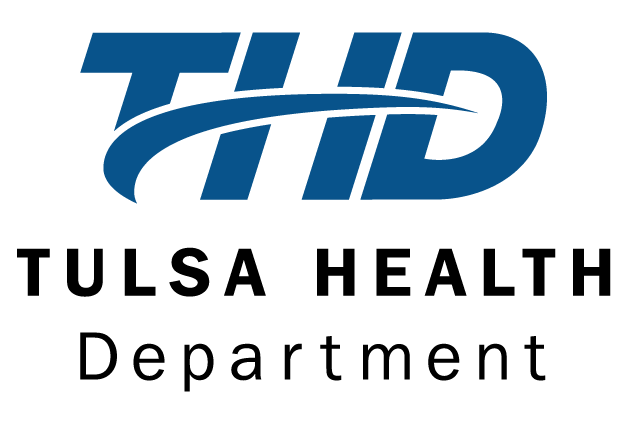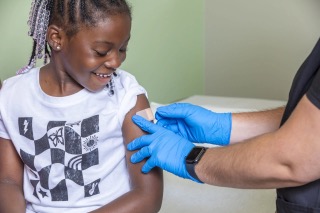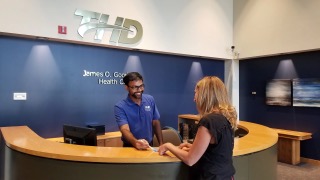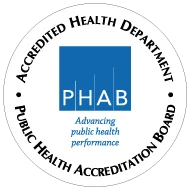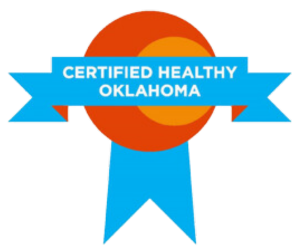TULSA, OK – [December 4, 2018] – This morning Tulsa Health Department’s Emergency Preparedness and Response Program (EPRP) held its annual stakeholders meet with over 56 community partners at the Tulsa Tech Owasso Conference Center.
In Tulsa County, local organizations including the Tulsa Health Department, Tulsa-area hospitals, law enforcement and other response agencies work with emergency management to ensure community disaster preparedness and response plans are in place. As the agency charged with addressing public health concerns within Tulsa County, THD must be prepared to take immediate steps to ensure public safety from diseases and other health threats. The plans are trained, exercised and evaluated to ensure they are operational.
“We can’t do our jobs without everyone here in this room,” said Alicia Etgen, THD emergency preparedness & response manager.
Etgen lead a presentation sharing updates to the Tulsa Mass Immunization Prophylaxis Strategy (MIPS) plan that was established in 2005. Tulsa County is one of 24 MIPS jurisdictions across the 77 counties of Oklahoma responsible for the dispensing of medication and vaccine in the event of a public health emergency. Etgen referred to the 2009-2010 influenza season with the H1N1 response where eight point of dispensing sites across Tulsa served up to 1,000 people per hour. Over 144,000 vaccines were given that season.
“You have plans in place, but you must regularly test them and continue to grow those community partnerships,” Etgen added. “It’s always good to review and update year after year. You will be surprised what can change.”
One of those partnerships highlighted at this morning’s meeting was the Oklahoma Medical Reserve Corps (OKMRC). This program is designed to bring together practicing and retired healthcare professionals from a diversity of fields, in addition, volunteers without a background in medical training to supplement “first responder” emergency systems.
“Once we are requested, we fully integrated into the existing incident command system established for that public health emergency,” said Carrie Suns, OKMRC coordinator. “We are here to help make Tulsa County more resilient.”
OKMRC volunteers are all credentialed individuals who have passed background checks. They provide support for incident response by augmenting medical, mental health, animal and public health personnel when local resources are overwhelmed or exhausted.
At least year’s stakeholder meeting, there was a brainstorming session addressing how to help those with access and functional needs during a public health crisis. Attendees were able to identify several needs such as transportation, outreach, communication and more as areas they were able to assist or support as a community partner.
Over an 11-day period in October, EPRP assisted the THD Epidemiology Program to conduct a Community Assessment for Public Health Emergency Response (CASPER) survey in 30 census blocks throughout Tulsa County with a 28-question survey about healthcare, plans, and social connectedness in regards to emergency preparedness. They found over 50% of the households had supply kits, water, medication and food items to last them seven days. However, there were over 95,000-115,000 households without plans or items. The full report and conclusions from this survey will be released in early 2019. EPRP also hosted a full-scale exercise at OSU-Tulsa and administered over 600 flu vaccines during the free clinic.
EPRP also recognized their Push Partners, which are agencies that have partnered with THD to dispense medical countermeasures to specified population which can be employees, family members and clients. Requirements are approximately 300 individuals or more in their identified population and a medical provider that will sign physician approved protocols. They are required to create a plan, train it, exercise and sign a memorandum of understanding, which are all done with the assistance of the Community Outreach Coordinator, Samantha Hood.
Bryan, Myrick, Broken Arrow Fire Department, spoke on the City of Broken Arrow joining this initiative by saying “this partnership has been extremely beneficial by keeping us educated on ways we have get people who don’t regularly work together to collaborate to protect our first responders.”
This annual meeting is for program leaders to inform and share updates about how public initiatives are moving and evolving year to year. For more information about emergency preparedness, please call 918-582-9355.
